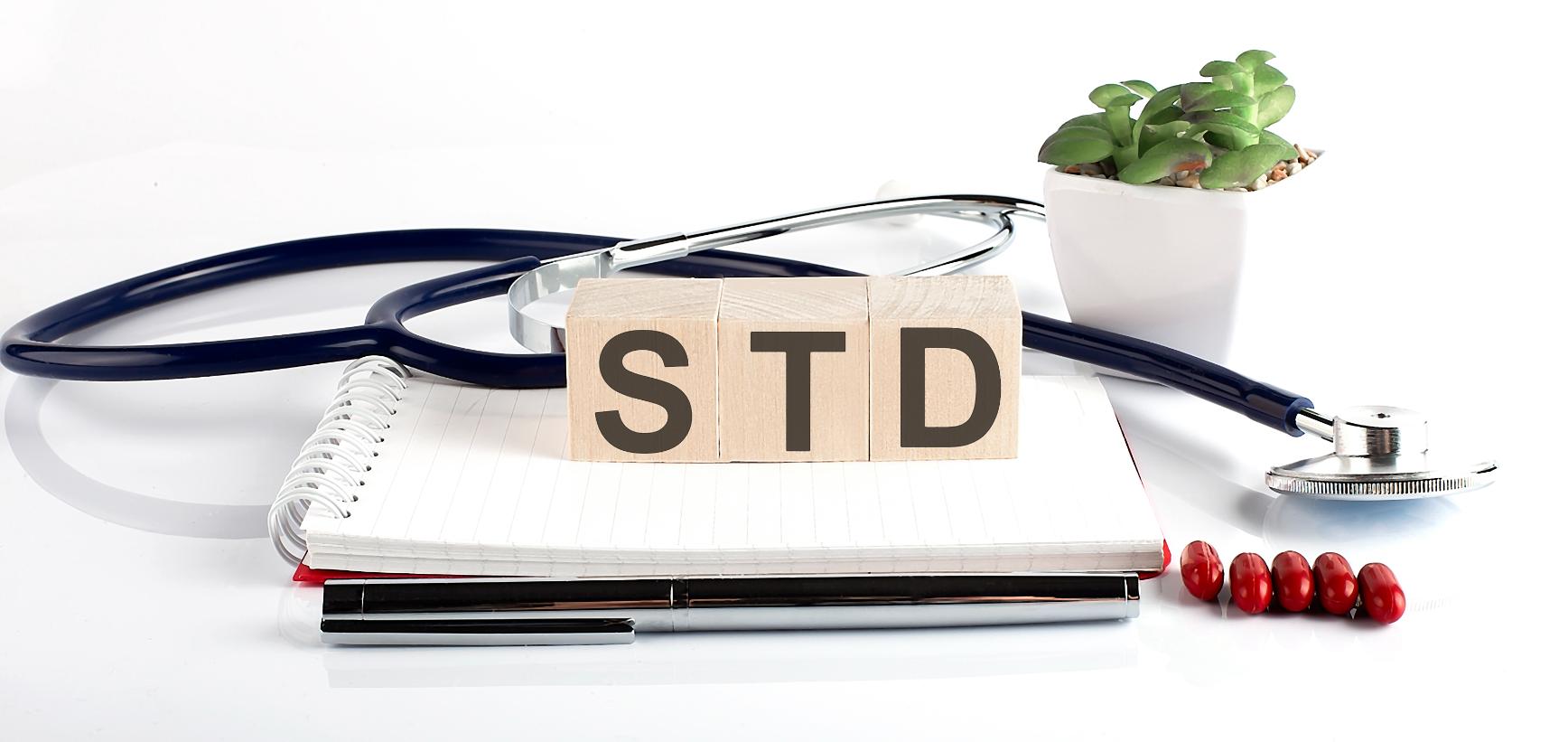-
 Food Allergy Blood Test
1 × $149.00
Food Allergy Blood Test
1 × $149.00 -
 Diabetic Panel Blood Test
1 × $79.00
Diabetic Panel Blood Test
1 × $79.00 -
 Follicle Stimulating Hormone Test
1 × $49.00
Follicle Stimulating Hormone Test
1 × $49.00 -
 10 Panel Hair Drug Test
1 × $229.00
10 Panel Hair Drug Test
1 × $229.00 -
 Testosterone Blood Test
1 × $79.00
Testosterone Blood Test
1 × $79.00 -
 Rapid 5-Panel Drug Screen
1 × $49.00
Rapid 5-Panel Drug Screen
1 × $49.00 -
 5 Panel Hair Follicle Drug Test
1 × $189.00
5 Panel Hair Follicle Drug Test
1 × $189.00 -
 Annual Check-Up Panel Test
1 × $129.00
Annual Check-Up Panel Test
1 × $129.00
Subtotal $952.00



